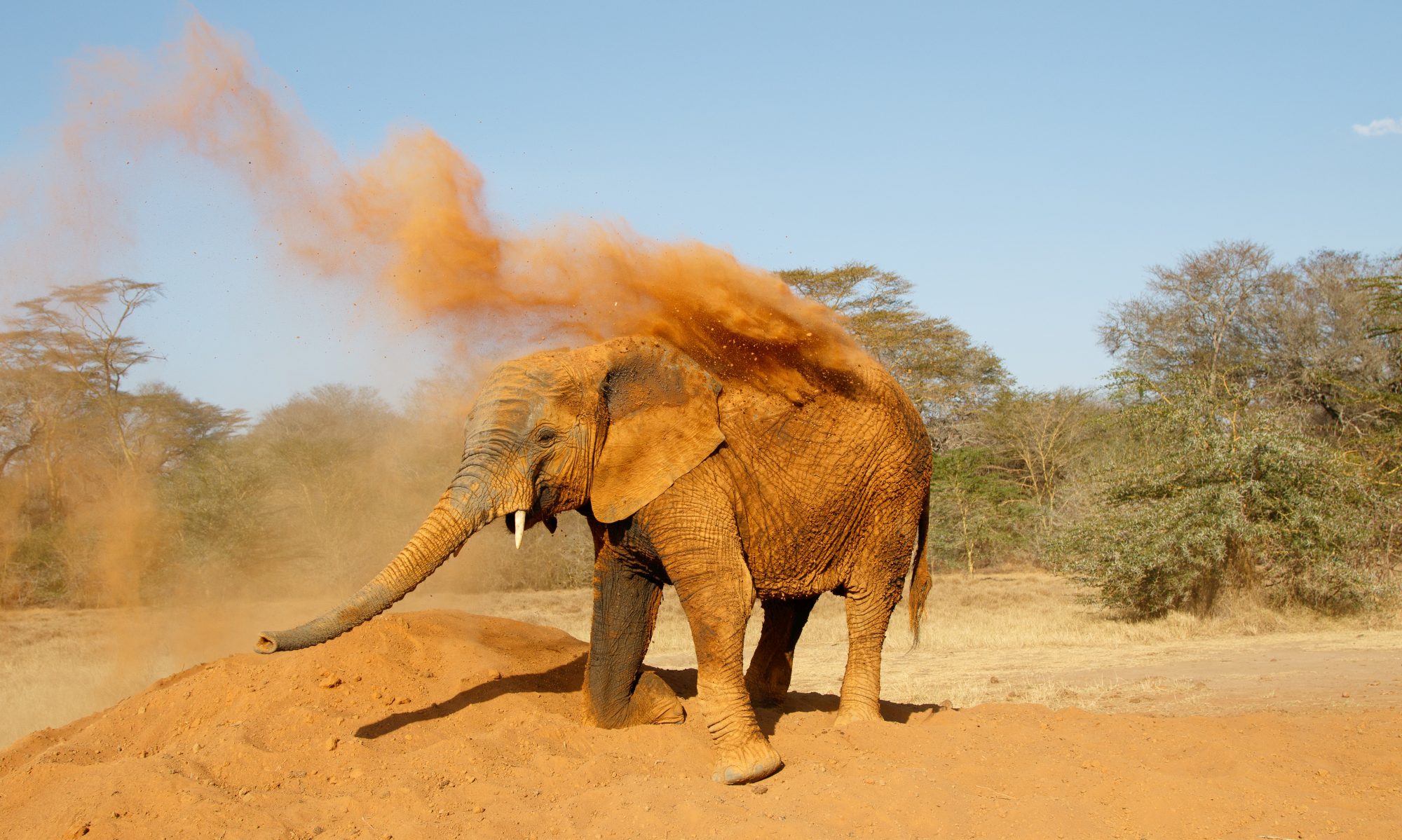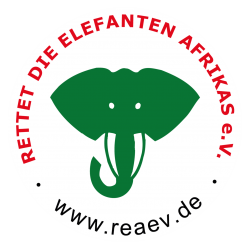Tuesday, 07 December 2010 13:28
 Poaching and destruction of the environment is endemic throughout Zimbabwe and can be directly linked to the political upheavals and dire poverty suffered by many communities. (PIctured: The Scouts collected 220 snares during their training period.)
Poaching and destruction of the environment is endemic throughout Zimbabwe and can be directly linked to the political upheavals and dire poverty suffered by many communities. (PIctured: The Scouts collected 220 snares during their training period.)
The Wildlife and Environment Protection Unit, (WEPU) is an acronym that is fast gaining popularity over the more negative “Anti-Poaching Unit’. Anti-poaching has been an integral part of fauna conservation throughout Africa’s history, but more recently it has been expanded to encompasses the protection of flora as well.
The Vumba, together with Chimanimani and Nyanga, form the Eastern Highlands of Zimbabwe – a very beautiful mountainous area. But this lush natural garden is seriously under threat. Indigenous forests are burning and the wild animals that inhabit them are being slaughtered. We as a nation need to react to this destruction quickly and decisively, if we are to preserve the magical, mystical Eastern Highlands.
In response to this environmental crisis and after extensive local stakeholder consultation, Environment Africa and The Tikki Hywood Trust joined forces in a strategic partnership with the Zimbabwe Parks and Wildlife Management Authority (ZPWMA). In late November the first Wildlife and Environment Protection Unit (WEPU) was launched in the Vumba. This is the first project under the Vumba Green Fund, a Public, Private, Community Partnership, (PPCP), an innovative approach for the conservation and protection of our environment and wildlife and community upliftment.
This strategic partnership brings together public institutions, the private sector and surrounding communities who, by working together, have pledged their support. Collectively, we are taking responsibility for protecting and conserving our environment, our heritage.
The first WEPU of eight scouts underwent an intensive training course conducted by Martin Steimer from Animal Lifeline together with Vumba National Parks. During training the scouts collected 220 snares, an 18 ton truck was impounded for illegal collection of wood and US$350 paid to National Parks Vumba from fines collected for illegal wood poaching.
With initial successes like this, imagine the long term conservation benefit to the environment and community. The vision is to replicate this model throughout Zimbabwe. The scouts are currently deployed under the direction of Vumba National Parks, but ultimately an Operational Manager will be employed to manage the day to day operations on the ground.
It costs US$ 3000 per month to support an operational team of scouts, so private sector contribution and support is imperative. Private sector support included Cape Union Mart, SA who discounted the teams camping equipment, a private donation towards the cost of the equipment and British Airways, who waived all excess baggage fees for flying the equipment up to Zimbabwe.
Poaching and destruction of our environment is endemic throughout Zimbabwe and can be directly linked to the political upheavals and dire poverty suffered by many communities. Vumba is a prime example of this. Through dialogue with the tourism sector as well as ZPWMA, we have found that there is a change in the cultural perceptions of the area with regard to the animals and plants of the region and their importance.
For example, through traditional belief, local residents of the Vumba would not kill and eat Samango Monkeys because they believed the result of this act would cause a drought in the region. However, through the influx of migrants into the area, who do not subscribe to the same cultural beliefs, primates along with many other animals, have become a food source.
The fact that there is no facility in the area to cater for meat trade, ie abattoir or butchery compounds the problem. Another resource that is being severely affected by the economic crisis is wood poaching, which is now rampant throughout the country due to the breakdown of electricity supply. Wood is also being used for building traditional and temporary housing.
In the Vumba Botanical Gardens, the most inhibiting factor for effective protection of the area is lack of manpower on the ground. The National Parks staff members are too few in numbers to patrol the area thoroughly and still perform their regular duties. Furthermore, the Bunga Forest and the Botanical Gardens are not fenced, which adds to the difficulty of protecting the area.
The establishment of the WEPU will add tremendous value and much needed resource to work hand in hand with the Zimbabwe Parks and Wildlife Management Authorities, private enterprise and the surrounding community. By providing this protection, we now lay a pathway for community driven conservation activities, which benefit the people of the Vumba, as well as provide safe avenues for conservation research. The people of the Vumba may once again take pride in this unique area of Zimbabwe and be an inspirational example of collaborative conservation and community empowerment
Year of the Forest
2011 is the Year of the Forest and the Bunga Forest and it’s surrounds need to be protected. According to National Parks, the Bunga Reserve was donated to the State by Mr Lionel Cripps, former speaker of the Southern Rhodesian Parliament, it was just less than 40 Ha. The Bunga Forest Botanical Reserve was first made a National Monument in 1968, then a National Park in 1970 and a Botanical Reserve five years later.
In 1981, a year after Zimbabwe’s independence, the original gift of 40 Ha was extended to 1,558 Ha, with the incorporation of the neighbouring Castleburn and Ebbesborne estates. The Bunga reserve is constituted to preserve and protect rare and/or endangered indigenous plants which grow naturally in the wild so that they can be of benefit to the public, educationally and aesthetically. Chinhamapere Hill, on the Mozambique side of the mountains, has been a culturally-important site since the Iron Age, and has been proposed a World Heritage Site.
There are well-preserved hunter-gatherer rock art paintings (comprising several human figures, some holding bows and arrows and others in trance) thought to be of around 8000 years in age, as well as contemporary ritual sites, used for rainmaking, divining and healing. There are at least 86 Stone Age sites in the Zimbabwean portion of the mountains, some of which also continue to play roles of cultural significance.
Thanks to all the Vumba stakeholders for their support and we look forward to the Vumba Green Fund membership increasing. If you are interested in supporting and or becoming a member of the Vumba Green Fund please do not hesitate to contact us. [email protected]
Source:www.thezimbabwean.co.uk/index.php?option=com_content&view=article&id=36087:wildlife-and-environment-protection-unit-launched-in-vumba&catid=32&Itemid=34

